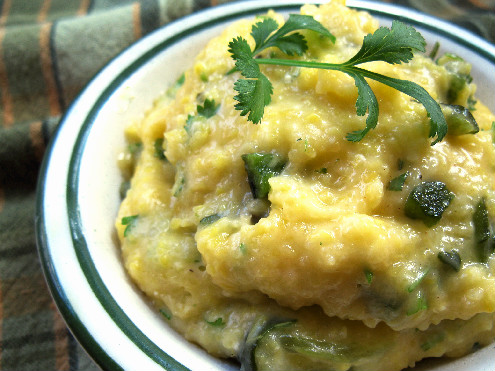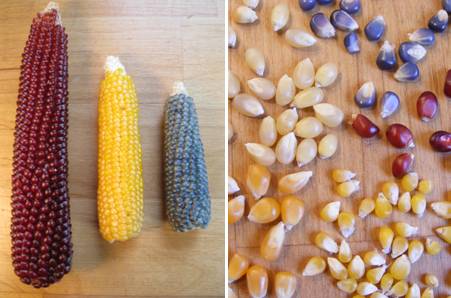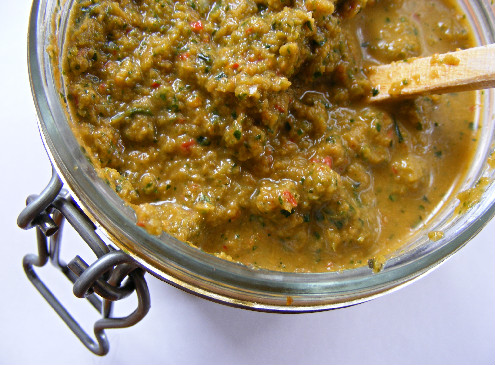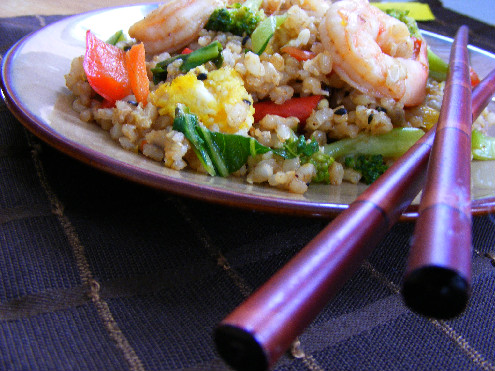Parsley: Italian Salsa Verde with Anchovies and Capers
Thursday, July 8th, 2010Several things stand out in my memory of the semester I lived in Florence . . . I remember narrow cobblestone streets. The tranquility of brisk, autumn mornings near the Arno and The Ponte Vecchio, and the quiet occasionally interrupted by buzzing vespas.
I also remember my delight when tasting new Tuscan foods such as Italian salsa verde, green sauce.
In Italy and especially the Tuscan region, Italian salsa verde is paired with steamed vegetables and more traditionally with bollito misto, mixed boiled meats. Made from fresh parsley, anchovies and capers, it certainly awakens the tastebuds.
Salsa verde is a green sauce similar to pesto but uses parsley as the main ingredient. After making it more recently, I would also have to liken it to a fresh herbed version of chimichurri. After all, Italians migrated to Argentina in huge droves in the late 1800s, and the culinary influence is obvious.
As I researched this sauce further, I also found it referenced as “salsa rustica” in the Chianti area.
Most salsa verde recipes include parsley, anchovies, capers, onions, garlic and olive oil. Some also include adding vinegar soaked white bread and/or chopped hard boiled eggs. The addition of either of the latter makes the sauce more substantial and gives it some bulk.
My recipe includes eggs as an optional ingredient. I make it with and without depending on my mood. My prefernce is still to use the sauce to top boiled eggs rather than include the eggs in the sauce.
Use this green parsley sauce on boiled eggs, steamed green beans, boiled chunks of potatoes, cold meat and as a condiment with canned tuna or to substitute for mayo in deviled eggs. If you don’t care for anchovies, leave them out, it’s still delicious.
Tidbits on Parsley:
- Flat leaf or Italian parsley is preferred for many culinary dishes. It has a slightly stronger flavor than curly parsley and holds up better while cooking. If you are making in a white sauce, use the stems rather than the leaves, so that color does not bleed.
- According to some alternative medicine remedies, parsley has many healing properties. It can be used in poultices to soothe tired, irritated eyes and also to help heal bruises. The juice can also be used as a natural mosquito repellent and to help relieve the itch and sting of insect bites. Note, however, some people can have allergic side effects.
Sources: The Gale Encyclopedia of Alternative Medicine, The Essential Herb Garden












